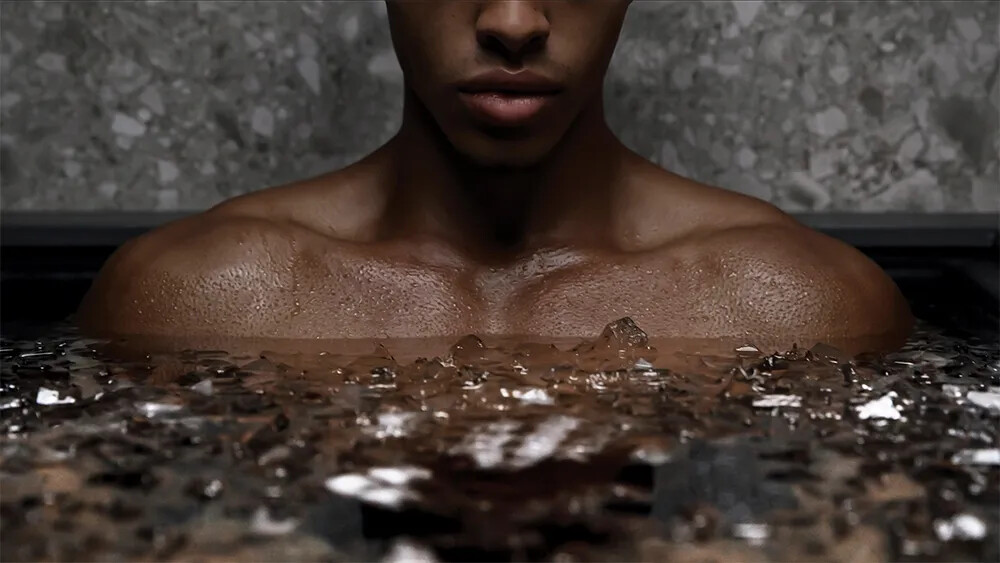Running News Daily
Running News Daily is edited by Bob Anderson. Send your news items to bob@mybestruns.com Advertising opportunities available. Train the Kenyan Way at KATA Kenya and Portugal owned and operated by Bob Anderson. Be sure to catch our movie A Long Run the movie KATA Running Camps and KATA Potato Farms - 31 now open in Kenya! https://kata.ke/
Index to Daily Posts · Sign Up For Updates · Run The World Feed
Spicing up your ice bath
Athletes should remember that recovery is as important as training; while sleeping and hot tubbing sound like pretty enjoyable and relaxing methods to promote muscle healing, foam rolling and stretching definitely lean toward the more strenuous end of the recovery spectrum. Sitting in a tub of ice water is difficult to describe as “enjoyable,” but if you combine your favourite and least favourite recovery routines, you can make the perfect formula for recuperating post-workout: contrast baths. However, there are times where this recipe isn’t as beneficial for your fitness.
Contrast therapy requires a hot tub and a cold tub, at temperatures of 100-104 C and 46-60 C, respectively. Submerging yourself in the hot tub for three to four minutes, followed by a dip in the cold tub for one minute, is said to generate a pumping motion of the blood vessels as they dilate and constrict. This cycle can be repeated for about 20-30 minutes.

Benefits of contrast baths
Contrast baths promote circulation and muscle recovery, helping to reduce pain, fatigue, stiffness and inflammation. They aim to flush lactic acid buildup from your muscles, decreasing delayed onset muscle soreness (DOMS) that may otherwise arise after your workout. With more controlled inflammation and pain management, range of motion (ROM) can also be improved. There is no evidence deeming contrast therapy more effective than ice baths, but by breaking up the frosty sessions, contrast baths are perceived as more enjoyable.

When to contrast bath
The process is most beneficial for acute recovery, and frequently used by athletes dealing with muscle soreness, joint irritation or following a tough race or workout, when they’re looking to bounce back to train or compete the following day. It is less favourable for long-term gains, as the acute inflammation that it blunts is actually crucial for signalling the body to initiate muscle repair to grow stronger and faster following a training session.
Ice baths involve sitting in a cold tub for up to 15 minutes–a shorter, but more uncomfortable, process. Some say ice baths shut the body down more, suggesting that contrast baths are better for feeling refreshed more quickly.
There isn’t a limit to how frequently you should include contrast therapy in your recovery routine, but it’s very important to consider your performance goals. If your legs feel achy the night before your 10K race or you aggravated your knee on your run, contrast therapy will help to create an analgesic effect by reducing inflammation and fatigue to prepare you mentally and physically for the next day. If you are looking for muscle gains, wait until 48 hours post-workout to do your bathtub polar plunge. This is the crucial period needed for proper muscle adaptation to benefit from the session you just completed.
by Cameron Ormond
Login to leave a comment




